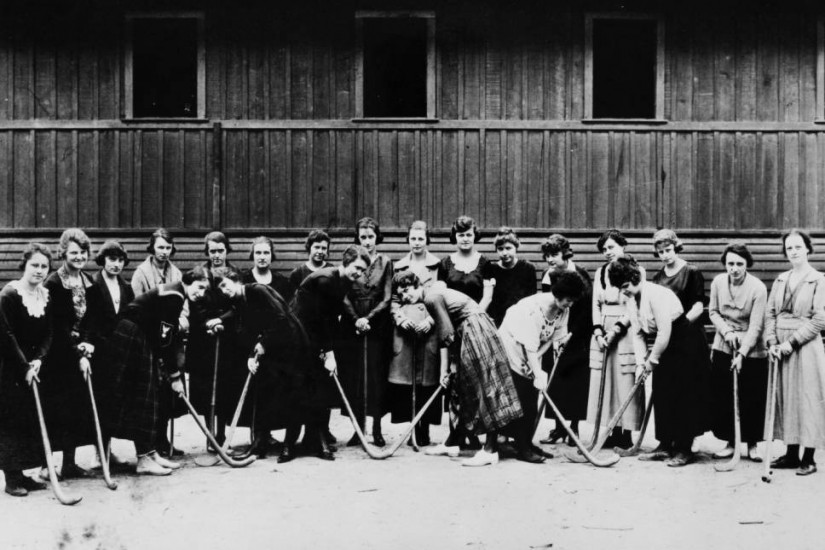From the perspective of 19th-century visitors to the United States, the country’s system of higher education was a joke. It wasn’t even a system, just a random assortment of institutions claiming to be colleges that were scattered around the countryside. Underfunded, academically underwhelming, located in small towns along the frontier, and lacking in compelling social function, the system seemed destined for obscurity. But by the second half of the 20th century, it had assumed a dominant position in the world market in higher education. Compared with peer institutions in other countries, it came to accumulate greater wealth, produce more scholarship, win more Nobel prizes, and attract a larger proportion of talented students and faculty. US universities dominate global rankings.
How did this remarkable transformation come about? The characteristics of the system that seemed to be disadvantages in the 19th century turned out to be advantages in the 20th. Its modest state funding, dependence on students, populist aura, and obsession with football gave it a degree of autonomy that has allowed it to stand astride the academic world.
The system emerged under trying circumstances early in US history, when the state was weak, the market strong, and the church divided. Lacking the strong support of church and state, which had fostered the growth of the first universities in medieval Europe, the first US colleges had to rely largely on support from local elites and tuition-paying student consumers. They came into being with the grant of a corporate charter from state government, but this only authorised these institutions. It didn’t fund them.
